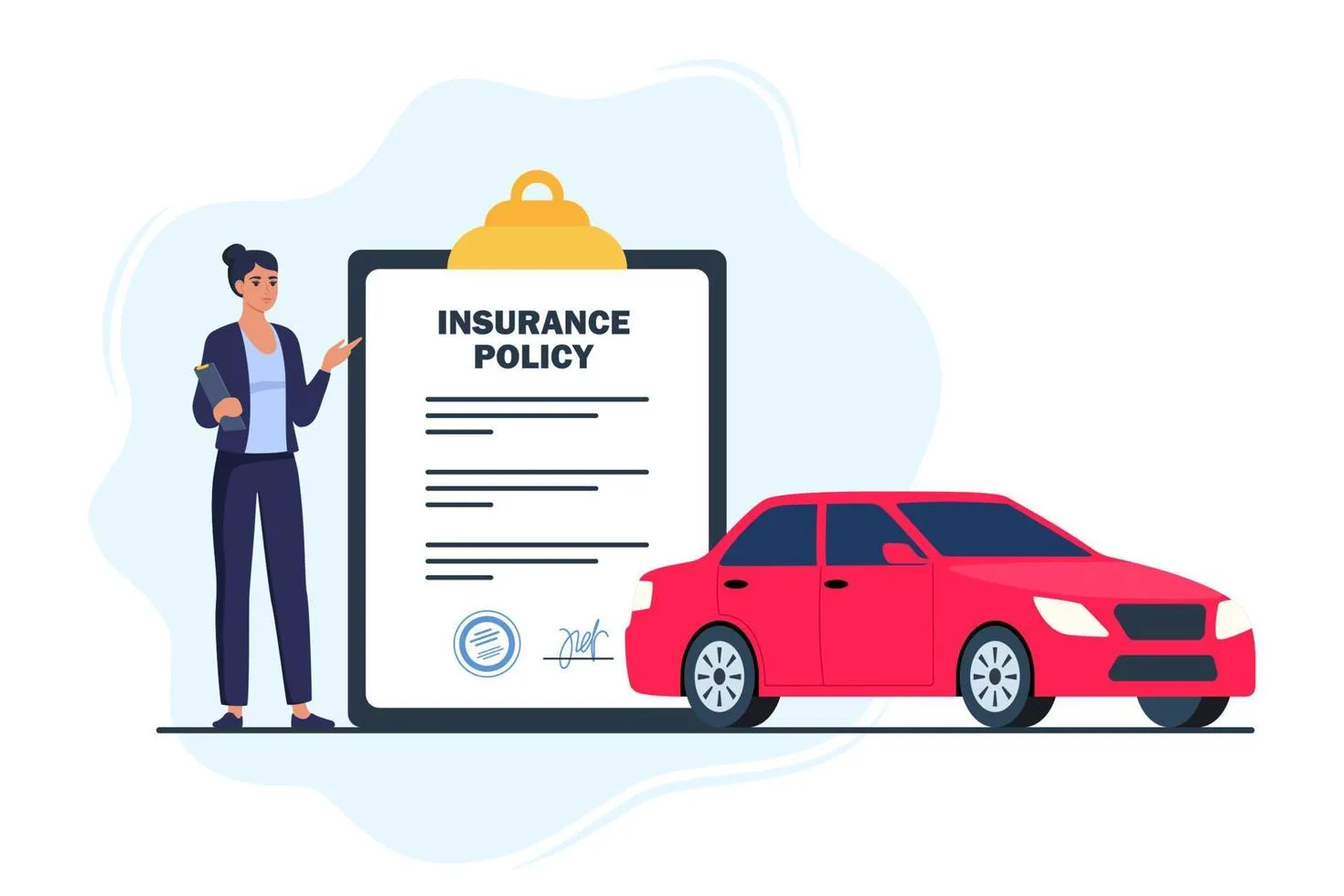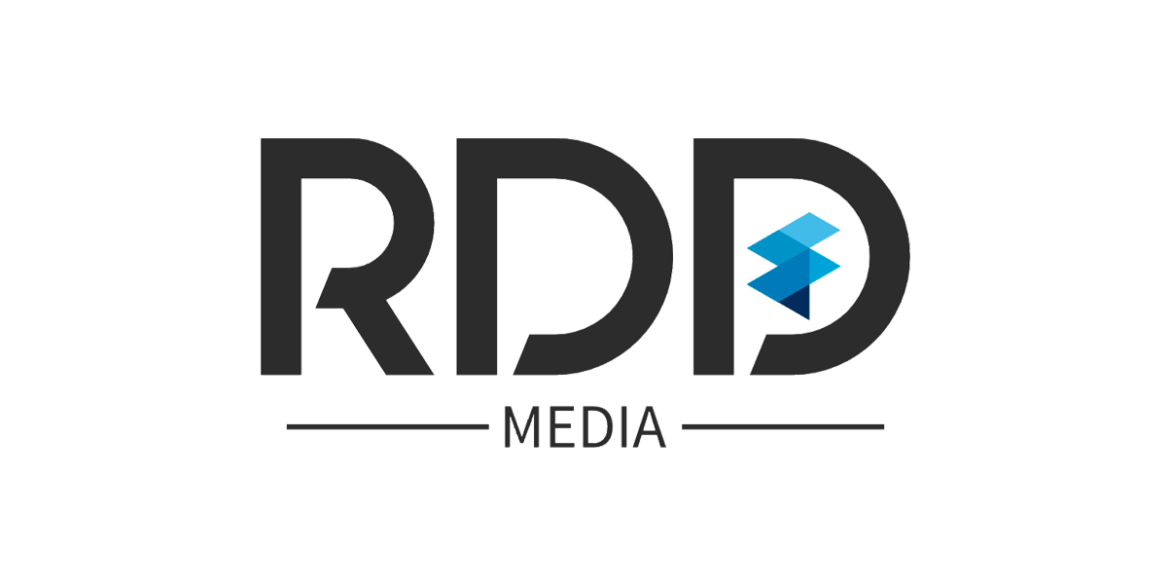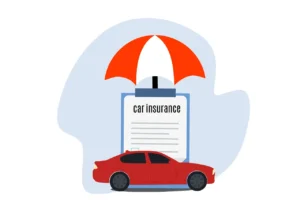Demystifying Auto Insurance: Understanding the Basics

Auto insurance is a complex yet crucial aspect of owning and operating a vehicle. It provides financial protection in the event of accidents, damage, or theft, and it’s a legal requirement in many places. However, for many individuals, auto insurance remains a mystery due to its intricacies. This comprehensive guide aims to demystify the world of auto insurance by providing a thorough understanding of its fundamental concepts. By the end of this article, you’ll have a clear grasp of coverage types, deductibles, premiums, and other critical aspects, enabling you to make informed decisions when choosing an auto insurance policy.
Contents
- 1. Understanding the Importance of Auto Insurance
- 2. The Legal Requirement of Auto Insurance
- 3. Key Components of Auto Insurance Policies
- 4. Factors Influencing Auto Insurance Rates
- 5. Types of Coverage
- 6. Choosing the Right Coverage for Your Needs
- 7. Discounts and Ways to Save on Auto Insurance
- 8. Shopping for Auto Insurance
- 9. Making a Claim: What to Expect
- 10. Frequently Asked Questions (FAQs)
- 11. Conclusion: Empowering Yourself with Auto Insurance Knowledge
1. Understanding the Importance of Auto Insurance
Auto insurance is primarily about protecting yourself financially in case of unexpected events. Whether it’s a minor fender-bender or a major accident, having the right auto insurance policy can mean the difference between manageable expenses and financial ruin. Moreover, auto insurance provides peace of mind, knowing that you’re prepared for the unexpected.
2. The Legal Requirement of Auto Insurance
In many places, auto insurance is a legal requirement. These laws vary from state to state and country to country, but they generally mandate that all drivers carry a minimum amount of insurance coverage. Failing to meet these requirements can result in fines, license suspension, or other legal consequences.
3. Key Components of Auto Insurance Policies
To truly understand auto insurance, you need to grasp the essential components of an insurance policy:
3.1. Coverage Types
Auto insurance typically consists of several coverage types, each serving a specific purpose:
- Liability Coverage: This pays for damages and injuries you cause to others in an accident for which you are at fault.
- Collision Coverage: It covers damages to your vehicle resulting from a collision with another vehicle or object.
- Comprehensive Coverage: This covers non-collision-related damages, such as theft, vandalism, natural disasters, or animal collisions.
- Personal Injury Protection (PIP) or Medical Payments: PIP covers medical expenses for you and your passengers, while medical payments coverage pays for medical bills, regardless of fault.
3.2. Deductibles
Deductibles are the out-of-pocket expenses you must pay before your insurance coverage kicks in. You can choose a higher deductible to lower your premium, but this means you’ll pay more in case of a claim.
3.3. Premiums
Premiums are the periodic payments you make to maintain your insurance coverage. Several factors influence your premium, including your age, driving history, vehicle type, and location.
3.4. Policy Limits
Each coverage type has specific limits, which represent the maximum amount your insurer will pay for a claim. It’s essential to select limits that provide adequate protection based on your circumstances.
4. Factors Influencing Auto Insurance Rates
Auto insurance rates can vary significantly from person to person. Several factors influence these rates:
4.1. Personal Factors
- Driving Record: A clean driving record typically results in lower premiums, while accidents or violations may increase your rates.
- Age and Experience: Young, inexperienced drivers often face higher premiums, which tend to decrease with age and experience.
- Gender: In some regions, gender can affect rates, with young males generally paying more than their female counterparts.
- Marital Status: Married individuals often enjoy lower rates due to statistical evidence suggesting they are less likely to engage in risky driving behaviors.
4.2. Vehicle Factors
- Make and Model: The type of vehicle you drive can significantly impact your insurance rates. High-performance or luxury vehicles tend to cost more to insure.
- Safety Features: Vehicles equipped with advanced safety features like anti-lock brakes, airbags, and electronic stability control can qualify for discounts.
4.3. Location Factors
- Location: Your geographical location plays a role in determining your rates. Urban areas often have higher rates due to increased traffic and a higher risk of accidents.
- Garage Location: Keeping your vehicle in a secure garage, rather than on the street, can lead to lower rates.
5. Types of Coverage
Let’s delve deeper into the various types of coverage you’ll encounter:
5.1. Liability Coverage
Liability coverage is the foundation of most auto insurance policies. It covers bodily injury and property damage you may cause to others in an accident. This coverage helps protect your assets in case you’re held responsible for an accident.
5.2. Collision Coverage
Collision coverage steps in to pay for damages to your vehicle resulting from a collision with another vehicle or object. Whether it’s a minor scrape or a major accident, collision coverage ensures your vehicle is repaired or replaced.
5.3. Comprehensive Coverage
Comprehensive coverage provides protection against non-collision-related damages to your vehicle. It covers events such as theft, vandalism, natural disasters, or collisions with animals. Comprehensive coverage helps safeguard your investment in your vehicle.
5.4. Personal Injury Protection (PIP) or Medical Payments
Personal Injury Protection (PIP) and Medical Payments coverage are designed to cover medical expenses for you, your passengers, and sometimes even pedestrians, regardless of fault. PIP is typically more extensive than Medical Payments coverage and may include additional benefits such as lost wages.
6. Choosing the Right Coverage for Your Needs
Selecting the right coverage depends on your individual needs and budget. Consider factors such as your vehicle’s value, your financial situation, and your tolerance for risk when deciding on coverage types and limits.
7. Discounts and Ways to Save on Auto Insurance
Auto insurance can be expensive, but there are various discounts and strategies to help you save money. Some common discounts include:
- Good Driver Discount: Offered to individuals with a clean driving record.
- Good Student Discount: Available to students with good grades.
- Safety Features Discount: Offered for vehicles equipped with safety features.
- Multi-Policy Discount: Bundling auto insurance with other policies can lead to significant savings.
8. Shopping for Auto Insurance
When shopping for auto insurance, consider the following tips:
- Compare Quotes: Obtain quotes from multiple insurers to find the best rates.
- Evaluate Coverage: Ensure you’re getting the coverage you need, not just the cheapest option.
- Check for Discounts: Inquire about available discounts and savings opportunities.
- Review the Policy: Carefully read and understand your policy before signing.
9. Making a Claim: What to Expect
In the unfortunate event of an accident, it’s essential to know what to expect when making a claim. Understand the claims process, gather necessary information, and communicate effectively with your insurer to expedite the process.
10. Frequently Asked Questions (FAQs)
To address common questions and concerns about auto insurance, let’s explore some frequently asked questions:
Q1: Can I switch insurance providers mid-policy?
A1: Yes, you can switch insurance providers before your policy expires. However, consider the potential cancellation fees and whether it’s financially advantageous.
Q2: Does my credit score affect my auto insurance rates?
A2: In many regions, yes. Insurance companies may use credit scores as a factor in determining rates.
Q3: What happens if I let my auto insurance policy lapse?
A3: Allowing your policy to lapse can result in higher rates when you reinstate coverage, and it may also lead to legal consequences.
Q4: What should I do after an accident?
A4: After an accident, prioritize safety, exchange information with the other party, document the scene, and report the incident to your insurer promptly.
A5: Some insurers offer usage-based or pay-as-you-go policies that adjust premiums based on your mileage and driving habits.
11. Conclusion: Empowering Yourself with Auto Insurance Knowledge
Auto insurance is a vital aspect of responsible vehicle ownership. By understanding the basics of auto insurance, you empower yourself to make informed decisions about coverage, premiums, and policies. This knowledge not only helps you protect your financial interests but also ensures that you’re prepared for unexpected events on the road. As you continue your journey as a driver, remember that auto insurance isn’t just a legal requirement; it’s a crucial safety net that provides peace of mind and security in the face of life’s uncertainties.









